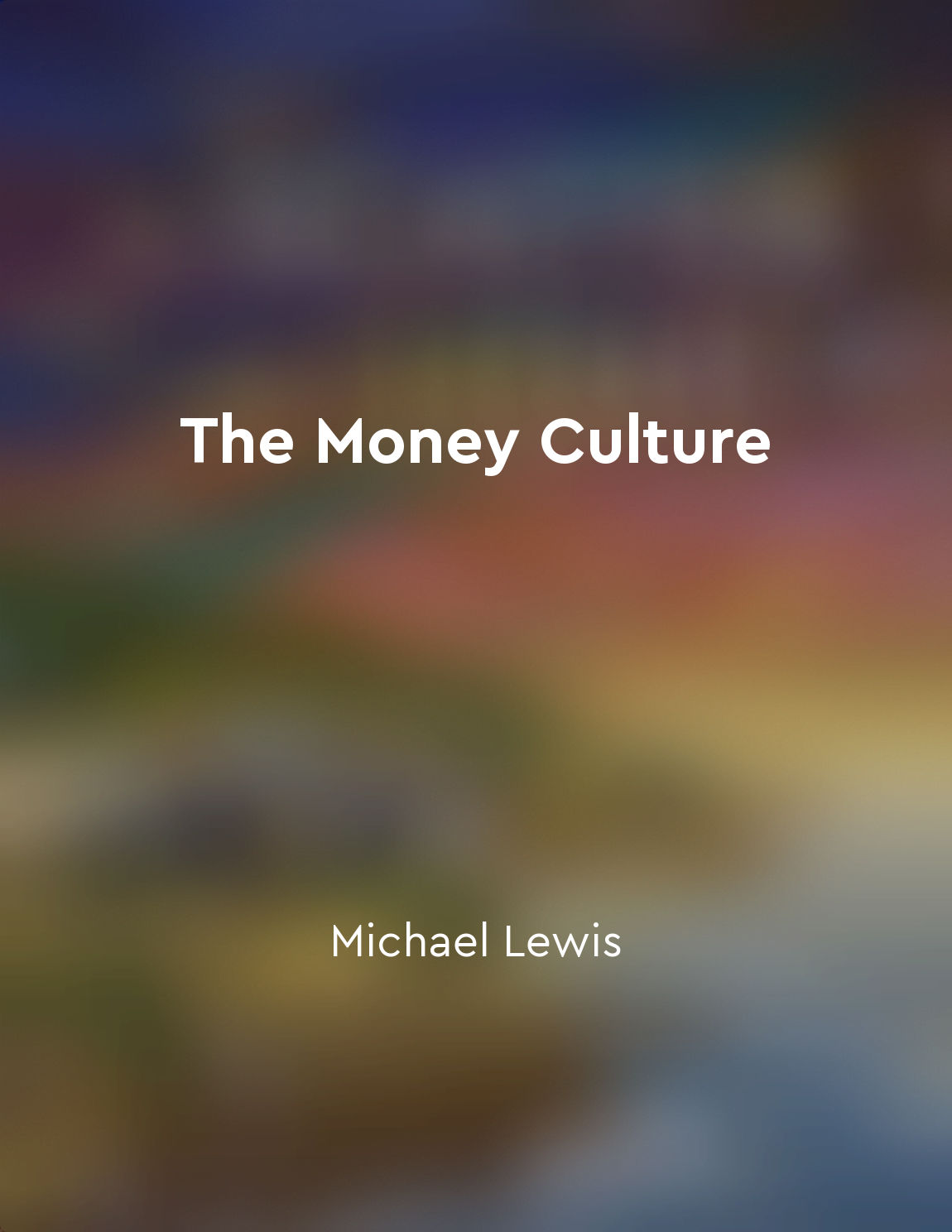Speculators borrowed heavily to invest from "summary" of The Great Crash 1929 by John Kenneth Galbraith
Speculation in common stocks had become virtually a national pastime. People of all ages and professions were caught up in the fever of the market, believing that easy money was to be made by investing in stocks. To finance their investments, many speculators turned to borrowing money, in some cases from their brokers or through loans secured by their stock holdings. This allowed them to leverage their investments, potentially increasing their returns but also exposing them to greater risks. The practice of borrowing heavily to invest became increasingly common as the stock market continued to rise, fueled by optimism and speculation. Many speculators were convinced that the market would only go up, making it seem like a sensible decision to borrow money in order to maximize their potential profits. However, this strategy left them vulnerable in the event of a market downturn, as they would be forced to sell their stocks to cover their loans if the value of their investments declined. As more and more speculators borrowed heavily to invest, the market became increasingly inflated, with stock prices rising to unsustainable levels. This created a dangerous situation where any negative news or economic indicators could trigger a panic among investors, leading to a sudden and severe market crash. The excessive borrowing by speculators magnified the effects of the crash, causing widespread financial devastation and wiping out the savings of many individuals who had been caught up in the speculative frenzy. In hindsight, it is clear that the practice of speculators borrowing heavily to invest played a significant role in the eventual collapse of the stock market in 1929. The excessive leverage taken on by investors amplified the risks in the market, making it more vulnerable to a sudden and dramatic downturn. This serves as a cautionary tale about the dangers of speculation and the importance of prudent investing practices in order to avoid financial ruin.Similar Posts
Asset bubbles lead to misallocation of resources and economic distortions
Asset bubbles are a common occurrence in financial history, characterized by the rapid escalation in the prices of certain asse...
Businesses faced bankruptcy
The most devastating consequence of the stock market crash of 1929 was the wave of bankruptcies that swept through the business...
Government intervention was necessary
The events leading up to the crash of 1929 made it abundantly clear that the unregulated nature of the financial markets was a ...
The narrative of prosperity blinds investors to the risks of speculative excess
The narrative of prosperity is a powerful force that has the ability to blind investors to the risks of speculative excess. Whe...
Monetary policy can exacerbate or mitigate the effects of financial euphoria
Monetary policy, the control of money supply and interest rates by a central bank, plays a crucial role in the dynamics of fina...

Financialization distorts economy
Financialization is the process by which financial markets, financial institutions, and financial elites gain greater influence...
The euphoria phase of financial bubbles is followed by a painful reckoning
The financial history of mankind is filled with episodes of euphoria. These moments are characterized by an irrational exuberan...
Market participants ignore warning signs during periods of irrational exuberance
Market participants during periods of irrational exuberance tend to overlook or rationalize warning signs that suggest the ongo...
Confidence and fear are powerful market drivers
Confidence and fear are indeed powerful market drivers. When investors are confident in the future prospects of a company or th...
Greed leads to the downfall of leading financial institutions
The story of how greed leads to the downfall of leading financial institutions is a familiar one. It begins with a desire for p...
